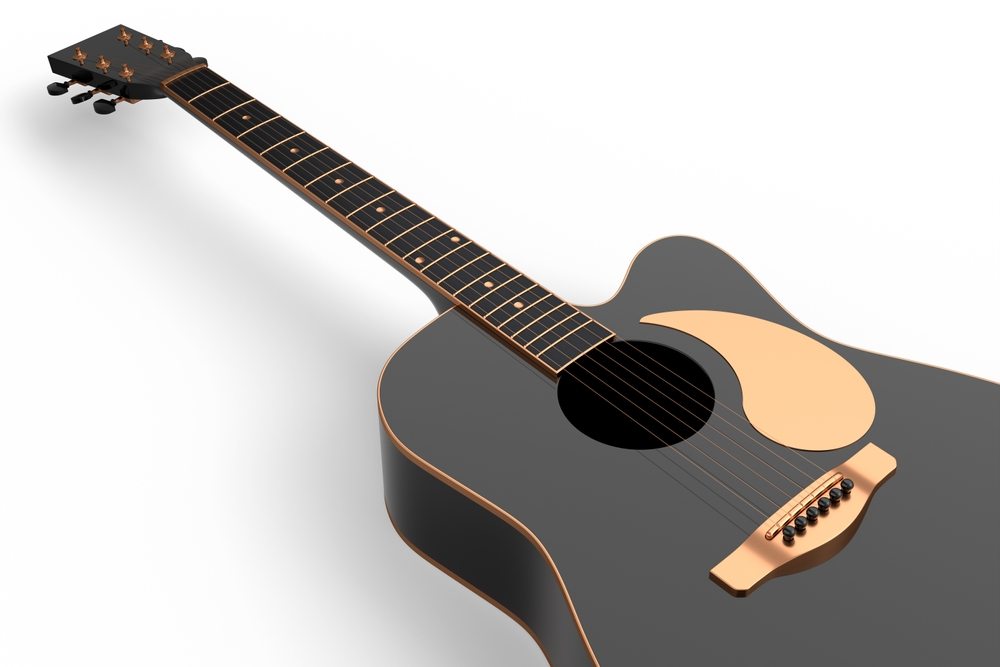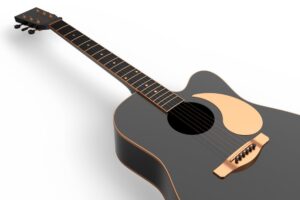
Learning how to tune your bass guitar is an essential step in achieving a well-balanced and harmonious sound. Here’s an in-depth explanation of what you’ll need and the steps you’ll take to properly tune your bass guitar.
What Tools You Need to Tune a Bass Guitar
When you tune your bass guitar, you will typically need the following tools:
Tuner
A tuner is a device or an app that helps determine the correct pitch of each string on your bass guitar. There are various types of tuners available, including clip-on tuners that attach to the headstock, pedal tuners that connect to your pedalboard, and digital tuner apps that can be installed on your smartphone.
Bass Guitar Strings
If you need to replace any strings on your bass guitar, you will need a new set of bass guitar strings. Make sure to choose the appropriate string gauge and type for your specific bass guitar because this can impact the overall tone and playability of the instrument.
String Winder
A string winder is a handy tool to help you wind and unwind the strings on your bass guitar quickly and effectively. It typically has a handle that you can use to turn the tuning pegs more efficiently, making string changes and tuning faster and easier.
Optional Tools
You will need to pluck or strum the strings on your bass guitar while tuning, either with your fingers or a guitar pick. Depending on the type of bass guitar you have, you may need a screwdriver or an Allen wrench to adjust the truss rod, bridge saddles, or other components of your instrument. You may also want to have some lubricant or graphite on hand to use, especially if you’re experiencing tuning issues with the strings binding in the nut slots.
Steps to Tuning a Bass Guitar
Here’s an in-depth explanation of the steps to tuning your bass guitar.
Find a Reference Pitch
The first step in tuning your bass guitar is to find a reference pitch. You can use a piano, a keyboard, a pitch pipe, a digital tuner, or another properly tuned instrument as a reference.
String Tuning Order
Start by learning the standard tuning for a bass guitar, which is E-A-D-G from thickest to thinnest string. Familiarize yourself with the names of the strings and their corresponding pitches to make the tuning process run smoothly.
Tuning Each String
The E string is the thickest string on your bass guitar. Start by plucking the open E string and compare the pitch of the E string to the reference pitch. If the E string is flat (lower in pitch), turn the tuning peg for the E string clockwise to tighten the string and raise the pitch. If the E string is sharp (higher in pitch), turn the tuning peg counterclockwise to loosen the string and lower the pitch. Keep plucking the E string and adjusting the tuning peg until it matches the reference pitch. Repeat this process for each string.
Check and Fine-Tune
After tuning each string, you will want to go back and check the tuning of each string again and make any necessary fine adjustments to ensure that all strings are perfectly in tune with the reference pitch. Keep plucking each string and make any necessary small adjustments until they all match the reference pitch.
Stretch the Strings
After tuning, it’s a good idea to stretch the strings by gently pulling and releasing them to help them settle in and hold their tuning better. This can be done by grasping each string near the middle and pulling it upwards gently, though you must be careful not to pull too hard and break the string. Repeat this process for each string a few times.
Final Check
After stretching the strings, you should do a final check to ensure all strings are still in tune. Make any necessary adjustments using the tuning pegs to bring them back to the correct pitch.
And there you have it! Following these steps will help you tune your bass guitar accurately and achieve a well-tuned and harmonious sound.
Tuning 4-String vs. 5-String Bass Guitars
The main difference between a 4-string bass guitar and a 5-string bass guitar is the number of strings. A standard 4-string bass guitar has four strings, typically tuned to E-A-D-G from thickest to thinnest string. A 5-string bass guitar has an additional low B string, which makes the tuning B-E-A-D-G from thickest to thinnest string. The addition of a low B string on a 5-string bass guitar can result in higher string tension compared to a 4-string bass guitar. The thicker B string requires more tension to maintain proper pitch, which can affect the feel and responsiveness of the strings. Due to the additional string and wider fingerboard, a 5-string bass guitar may require slightly different adjustments to ensure proper tuning and intonation compared to a 4-string bass guitar.
Tips for Beginners Learning How to Tune a Bass Guitar

For beginners learning how to tune a bass guitar, here are some key tips to keep in mind.
Learn the Standard Tuning
Start by learning the standard tuning for a bass guitar, which is E-A-D-G from thickest to thinnest string. Get familiar with the names of the strings and their corresponding pitches.
Use a Reliable Tuner
A good quality tuner is essential for accurate tuning, whether you use a physical tuner or a tuner app on your smartphone. Cheap or unreliable tuners may not provide accurate results, which can result in improper tuning.
Tune One String at a Time
When tuning, you should always tune one string at a time. Start with the thickest string (E) and work your way to the thinnest string (G). This will help make sure that each string is tuned relative to the previous one, maintaining proper tension across all strings.
Pluck the String Gently
When using a tuner, pluck the string gently and allow the sound to ring out fully for an accurate reading. Avoid plucking too hard or muting the string with your hand because this can affect the accuracy of the tuner.
Make Small, Gradual Adjustments
When tuning, always make small, gradual adjustments to the tuning pegs. Never use excessive force, which can cause the string to snap or the tuning peg to break. Start with tuning the string slightly above the desired pitch, and then bring it down to the correct pitch to avoid overshooting.
Develop Your Ear
Tuning with a tuner is a great starting point for beginners, but it’s also important to develop your ear for tuning. Practice tuning by ear to develop your sense of pitch and train your ears to recognize when a string is in tune.
Keep Your Bass Guitar Well-Maintained
Proper maintenance of your bass guitar, including regular string changes, keeping the frets clean, and checking for any issues with the bridge, nut, or tuning pegs, can greatly affect its tuning. Make sure to keep your bass guitar clean and in good condition to make tuning easier and more accurate.
Ask for Help
If you’re having difficulty tuning your bass guitar, don’t hesitate to seek help from a more experienced player, a music teacher, or a professional guitar technician. They can provide guidance and assistance to ensure that you’re tuning your bass guitar correctly.
Get one-on-one guidance and support with private bass lessons near you. Lessons In Your Home will pair you with a world-class teacher who meets you in the comfort of your home and help you learn bass guitar basics, including how to tune a bass guitar. Find a bass guitar teacher near you when you call or visit Lessons In Your Home online.
